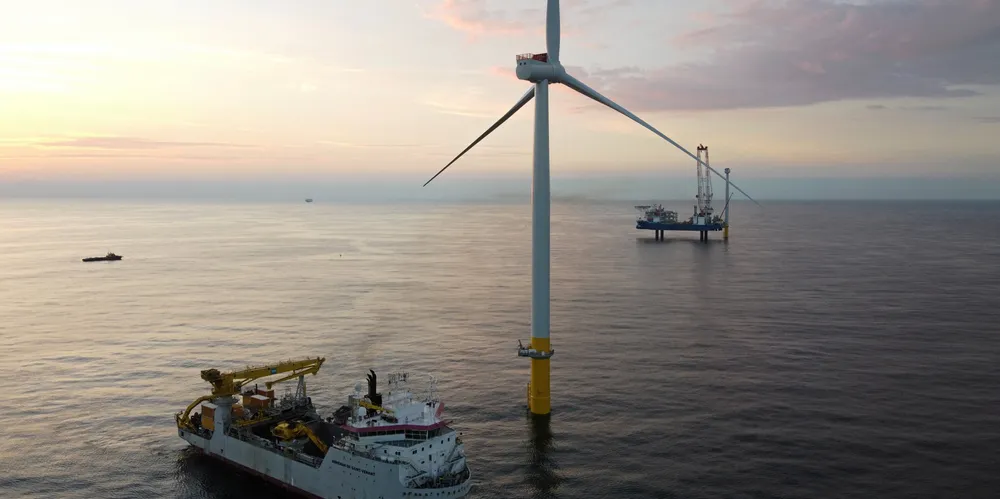US offshore wind up to 'full throttle' but will miss Biden 2030 national goal by 10GW: BNOW
Industry body report highlights 2022 milestones and offshore installation prospects but warns sector far-off meeting Washington's ambition of 30GW by end-of-decade

“[Achieving this market acceleration, however,] would require substantial additional investments in our ports, shipyards and manufacturing sector to ensure enough capacity in our supply chain and supporting infrastructure.”
BNOW highlighted that state goals surged up last year to 77.4GW, mostly on California's ambitious 25GW target, with some 36GW of capacity with a clear pathway to market, and 17.6GW under contract.
Total contracted US capacity is set to expand by up to 25% in 2023 with four north-east states – Massachusetts, New Jersey, New York, and Rhode Island – slated for additional solicitations.
The IRA earmarks $369bn for clean energy development, including massive tax incentives for domestic manufacture of offshore wind components, to kickstart supply chain development.
The Biden administration remains on track for short-term goals, including leasing seven new wind energy areas (WEAs) and reviewing at least 16 project construction and operations plans (COPs) by 2025. Some 10GW is up for review this year alone, said the report.
“This progress has not been without speed bumps,” noted Burdock. “[The industry is facing] its first real growing pains due to the headwinds of inflation, an ongoing war in Europe and tightening supply chains.”
BNOW also flagged scant progress has been made on longstanding industrial bottlenecks in the regional sector: “The US industry still faces major roadblocks in transmission, shipbuilding, port and supply chain development, and for all the progress in 2022, the industry failed to achieve breakthroughs to address any of these issues.”
De-bottlenecking these issues will need regional and national solutions, including “federal and state leadership to achieve breakthroughs in coordinated transmission planning and domestic vessel availability”, said Salustro.
Permitting is a perennial concern for the industry, with the federal process taking between eight to ten years, and the network chided the government for failing to deliver on reform in 2022.
Lengthy timelines are blamed for the worsening industry economics as projects that submitted bids when inflation was much lower than present are now facing the prospect of higher construction and operations costs. “To foster the investments needed, the federal government must continue its hard work building confidence in the permitting system,” said Salustro.
(Copyright)